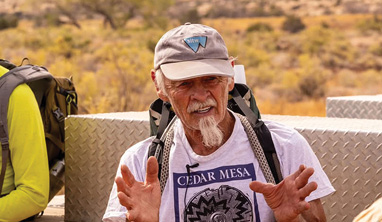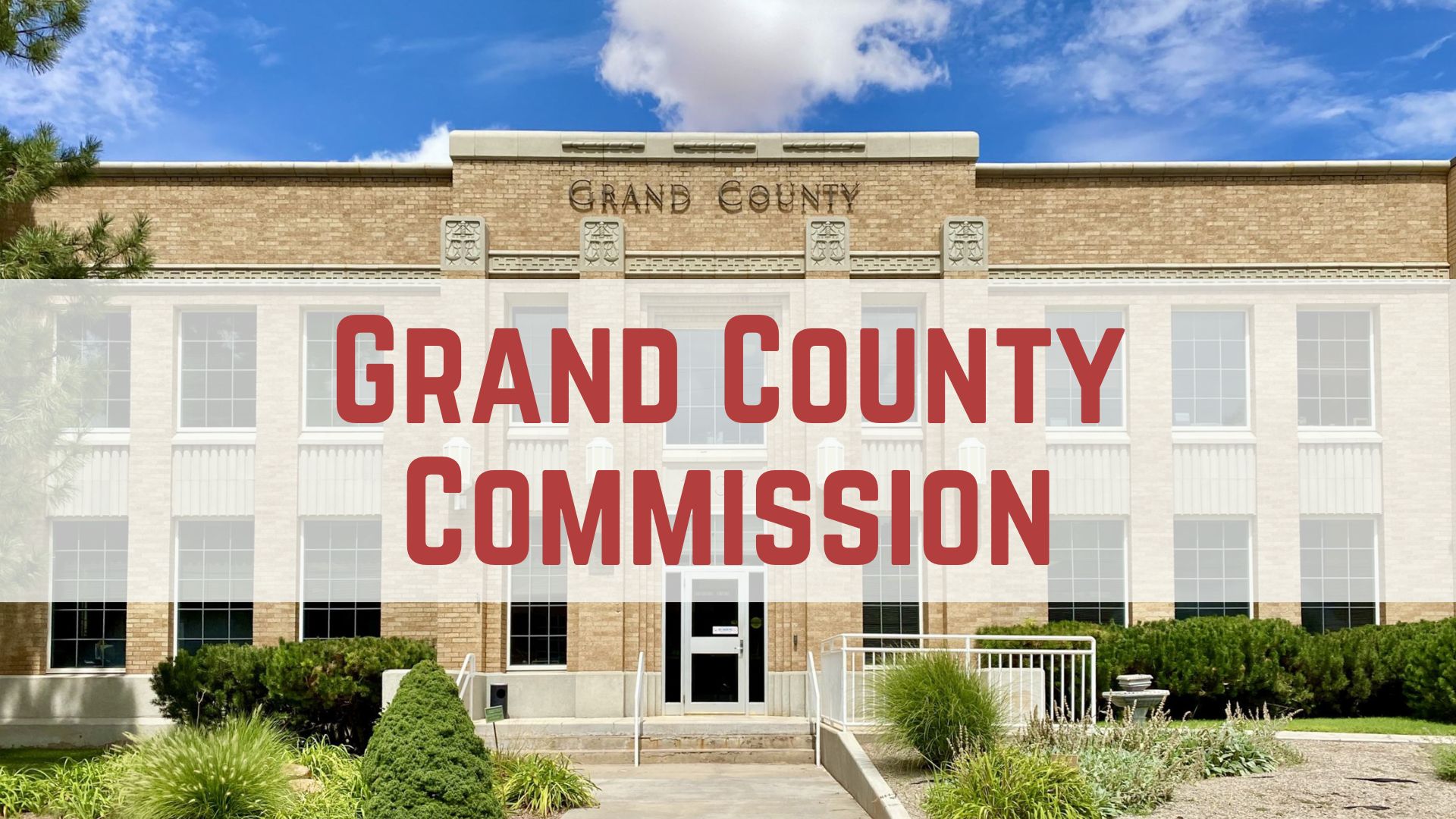Some information may be outdated.
In March, Governor Gary Herbert signed off on SB132, a law raising the alcohol limit for beer available on tap at restaurants and available in stores.
As of Nov. 1, the new limit will be 5% alcohol by volume, replacing the old limit of four percent (3.2 percent by weight).
While beer lovers may cheer this, the change weighs heavy on some Utah craft brewers.
“It’s been a nightmare,” said Moab Brewery owner John Borkoski.
“We’ve had to redo all our recipes, we’ve had to redo all of our packaging,” Borkoski said.
“This is a huge opportunity for brewers, but it doesn’t come without hiccups,” said Nicole Dicou, executive director of the Utah Brewers Guild. The nonprofit trade organization represents 31 of Utah’s craft breweries, including the Moab Brewery.
“This legislation happened so quickly that lots of breweries have excess inventory of packaging and cans that have old information,” Dicou said, commenting that the new law has made that product unusable for breweries.
With a short timeline and little chance to offload old products, small brewers are left with expensive upgrades to packaging and recipes, Borkoski said.
“The law was totally unexpected,” said Borkoski, “and the waste that’s going to be left is my concern.”
While Utah’s legislators put the change in alcohol content on a fast timeline, the beer brewing community has seen signs on the horizon for years.
“It’s definitely something we’ve talked with legislators about,” Dicou said. She said that recent laws have increased the allowable alcohol content in Oklahoma and Colorado.
“Even with this change, Utah will still have the lowest limit in the nation,” she said.
Some see these small increases as favoring big, nationwide breweries.
“There were two or three other major states that had a very large volume with name-brand domestic beers that recently all went to the 5%. Utah was one of the few that were still left,” said Borkoski.
Prior to 2019, Kansas and Colorado also limited beer available outside a liquor store to 4% alcohol by volume. Both those states’ allowable limits changed this year.
“I think this change was more out of large brands saying we don’t want to brew 4% any longer because it’s not worth it to us,” said Borkoski.
Borkoski indicated that national brands could now stop brewing special versions of their beer for sale within the state, replacing them with nationally produced brews. Bud Light and Miller Lite, for instance, are already produced at 4.2 percent alcohol by volume nationwide.
The 86-year-old cap on alcohol content in beer to 4% by volume dates back to the end of the Prohibition era in the U.S. When the law was passed in 1933, it permitted the production of beer nine months before Prohibition’s national repeal.
The state’s craft breweries and trade groups like the Utah Brewers Guild have previously publicly advocated for raising the alcohol limit higher, with some members proposing raising the limit to 8 or 9 percent alcohol by volume, around the national average.
Many craft brewers are interested in historic recipes and beer styles that require a higher alcohol content.
“The opportunity this change brings is to brew beer closer to a given style’s origins, like an IPA,” said Dicou, “that allows brewers to try new things and be more creative.
While the state’s local craft breweries will continue to meet with legislators, Dicou remained optimistic about the change.
“It has its drawbacks, but at the end of the day we’re pushing forward on alcohol policy here,” said Dicou.
“The law happened and it is what it is,” said Borkoski. Even after all the unexpected expenses, his product remains the bottom line to the brewer.
“We will have all of our beers at 5% on Nov. 1,” he affirmed.
Appreciate the coverage? Help keep local news alive.
Chip in to support the Moab Sun News.




